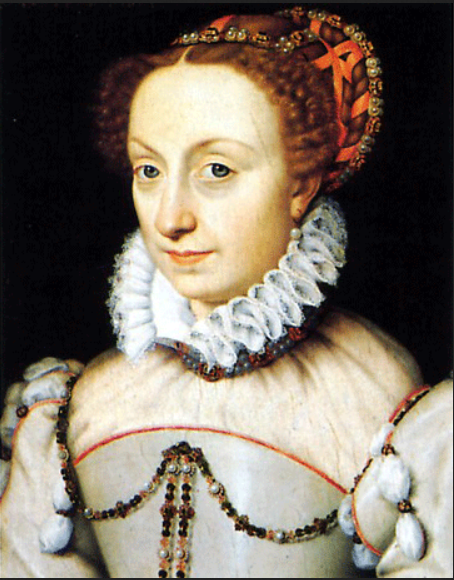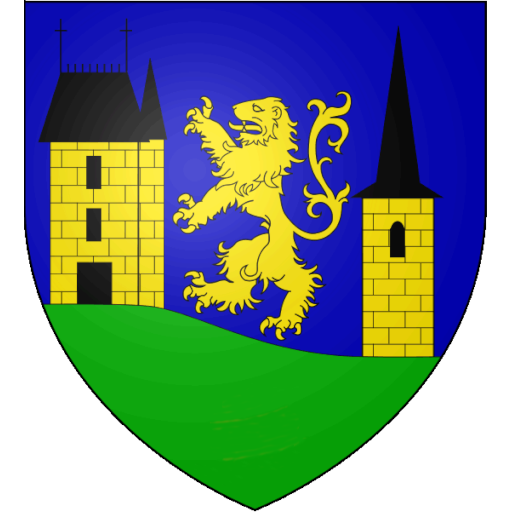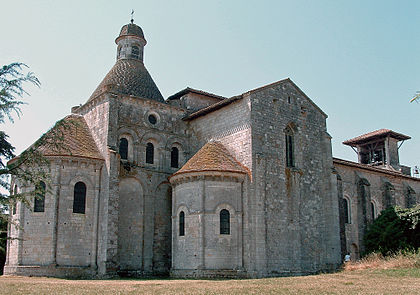The village and its priory
Other remarkable sights:
In the south of the village two windmills.
In the north, at the edge of the clunisien way, an old wash-house and the fountain of Navarre.

The historical anecdote: the fountain of Navarre
After crossing the Brimont stream, coming from Moirax and going up the eastern slope, at the edge of the wood you will find a spring on the right of the path. This is the fountain of Navarre, which has been known since ancient times, since the route of this royal road linked two main roads: the Peyrigne and the Ténarèze, which led from Bordeaux to the Pyrenees without crossing a bridge.
On a stele this inscription is engraved: FONS DE NAVARA – UN COP ERA SUS MA PEIRA – DONA JOANA SOBEIRANA – DEL BRULHES S’ASSETET – ALAVETZ SE MIRET – DINS L’ONDA PRIGONDA – LA REINA AIMADA AI REFRESCADA
Which means: “In the past, Lady Jeanne sovereign of the Brulhois sat on my stone and then was mirroring herself in the deep water. I refreshed the much-loved queen.”
This is Queen Jeanne III of Albret, Queen of Navarre. The stele is not old, it was engraved and placed in 1988 by the Pastor of Cabrol who lived in the nearby Priory of Ségougnac. The text is a poem in Occitan composed by abbot Mateu.

